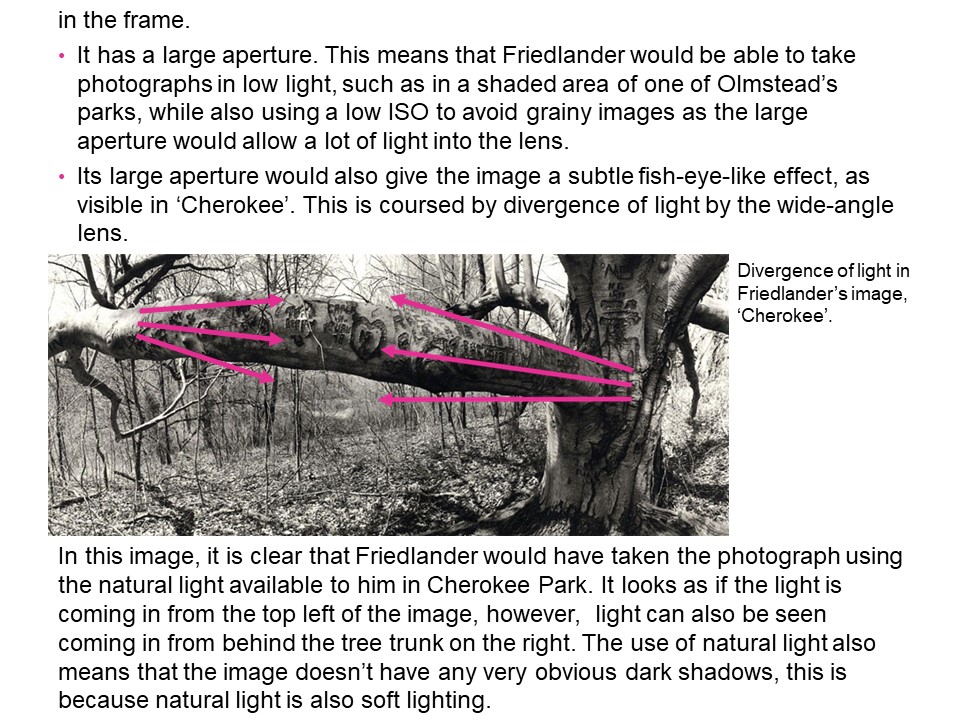The following images are my favourites from the second photo shoot; they have all been edited in varying amounts, from colour grading to applying colour masks and special effects.





The following images are my favourites from the second photo shoot; they have all been edited in varying amounts, from colour grading to applying colour masks and special effects.





Background:
Boyle Family is a group of collaborative artists based in London. Mark Boyle and Joan Hills met in Harrogate, Yorkshire in 1957, Joan a single mother who had left her art and architecture studies to bring up her son and Mark was serving in the army. Within months they were collaborating, initially exhibiting their work under Boyle’s name until their work became widely known and they exhibited as Mark Boyle and Joan Hills. When their children, Sebastian born in 1962 and Georgia born in 1963, began to collaborate with them from the late 1970s onwards, the group became established as Boyle Family.
Best known for ‘earth’ photography, focusing on the different textures of the ground. These photographic works combine real material from the site they are using for the shoot (stones, dust, twigs etc) with paint and resins, preserving the form of the ground to make unique one-off pieces that suggest and offer new interpretations of the environment.
Photographic Analysis:

This style of image is a very unique way to show the journeys and pathways, as it not only shows the physical road/pavement that we walk on, but it also shows the history of the concrete, the paintwork, and cracked slabs on the pavement. It shows a different kind history that is so often overlooked. There are very distinguishable features in the textures which are amplified by the wet surface, helping show the more intricate details in the road, as well as creating more definition between cracks in the pavement.
In this photo you can see the light coming from the left side of the image. As there is only light coming in from one spot on the left, I would imagine that the light is artificial, however it could be the sun slightly shining through the clouds on an overcast day. Wherever the light source is coming from, it creates a very nice reflection that shows even more detail in the uneven surface of the road. Taken from standing height, I would imagine that the lens that Boyle used would have had a fairly ‘standard’ or ‘medium’ focal length for this picture, somewhere in the region of around 50-85mm.






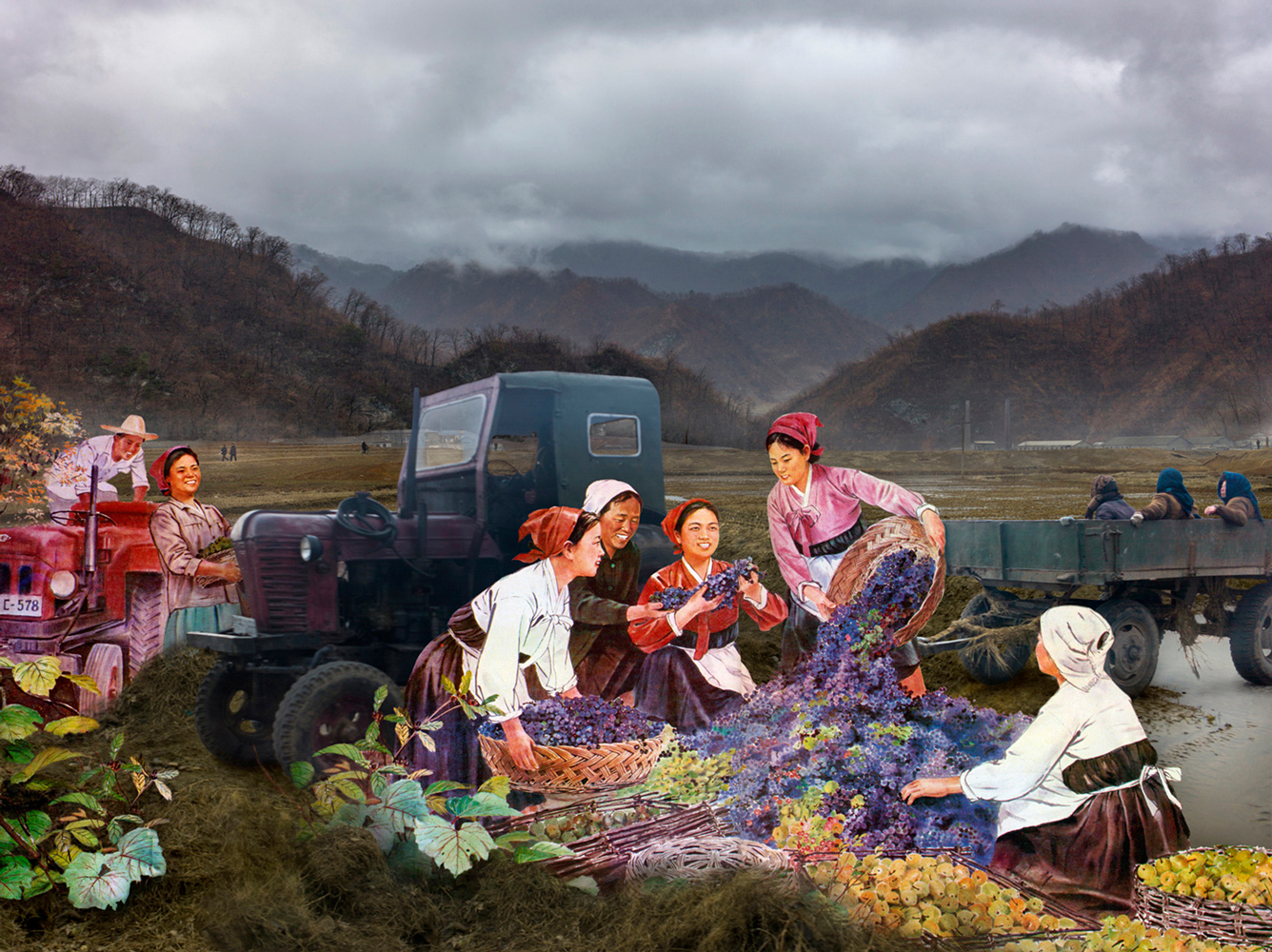
Alice Wielinga: ‘A Life Between Propaganda and Reality. In her North Korea – A Life between Propaganda and Reality series, Alice Wielinga links the documentary photographs she took in North Korea to the propaganda images produced by the government. Her pictures are part of the North Korean Perspectives exhibition, on display at the Museum of Contemporary Photography in Chicago, up until October 4, 2015.’
‘North Korean: A Life Between Propaganda and Reality’ is an ongoing project by Photographer Alice Wielinga. This project began in 2013, when at the time western media was following the steps of Kim Jong-Un closely during his missile test launches, Wielinga traveled 2500 kilometers through the inlands of North Korea.
“I decided to find out what was happening inside North Korea, behind its propaganda that masked such unfathomable despair and poverty. During my trip I collected propaganda material and took documentary photographs of the reality I encountered. In the final works, a dialogue between propaganda and reality has emerged, trying to reconcile the present and the future of the country nobody really seems to know.”

Wielinga’s main aim of her trip was show what the realities of North Korea were, compared to the idealistic version of the country: which is presented through propaganda throughout North Korea itself and other countries.
Analysis
The photo above is one of my favourites from this project, as I think it outlines her intentions the best and shows the greatest comparison between the two worlds. Beginning with the setting of the picture, on the real life version, it is gloomy, there is a lot of fog and mist. The trees are barren and there is no greenery in sight. In the pond, the difference between the two is very clear, the pond in reality is drying out and is surrounded by old debris from the area around it, there are broken boxes strewn everywhere and the buildings in the background are grey and seem to be decrepit, almost falling apart. The reality side overall looks like a wasteland. This juxtaposes the painting version of the scene. This was taken from an archive of government paintings of North Korea. The colours are vivid, the sun is shining and everything seems to be picturesque. There is no lack of greenery, the trees are full of leaves and there are flowers everywhere, this painting overall presents an idealistic view of the country, how it wants to be regarded by the rest of the world, who are forbidden entry. Lastly, the people in the image: in the realistic version their clothes are dark and look like government-issue workwear. In the painting they are wearing brightly coloured free flowing clothes, the women are wearing dresses and they all seem to have freedom. Which the outside world is aware that they definitely don’t have, everything in North Korea is controlled, even hairstyles. The facial expressions on each are also wildly different, in the painting they are smiling and laughing, happily getting on with their days work. In reality, the workers are forced, their faces are staring unknowingly at the camera and they look tired and worn out from the regime.
Brief History of Propaganda in North Korea:
Propaganda has been used throughout history to influence and sway public opinion, particularly in totalitarian states. Being subject to endless propaganda is common for North Koreans, especially anti-American propaganda. Throughout history it has become common knowledge that the North Korean State hates Americans, this is because in the Korean War, American planes dropped approximately 635,000 tons of explosives on North Korea (that’s more in three years than during the entire Pacific theater of World War II), including 32,000 tons of napalm.
That continued fear of deadly US military airstrikes helps the North Korean government to portray Americans as a far-away caricature, a faceless enemy that leveled their country and could do so again.
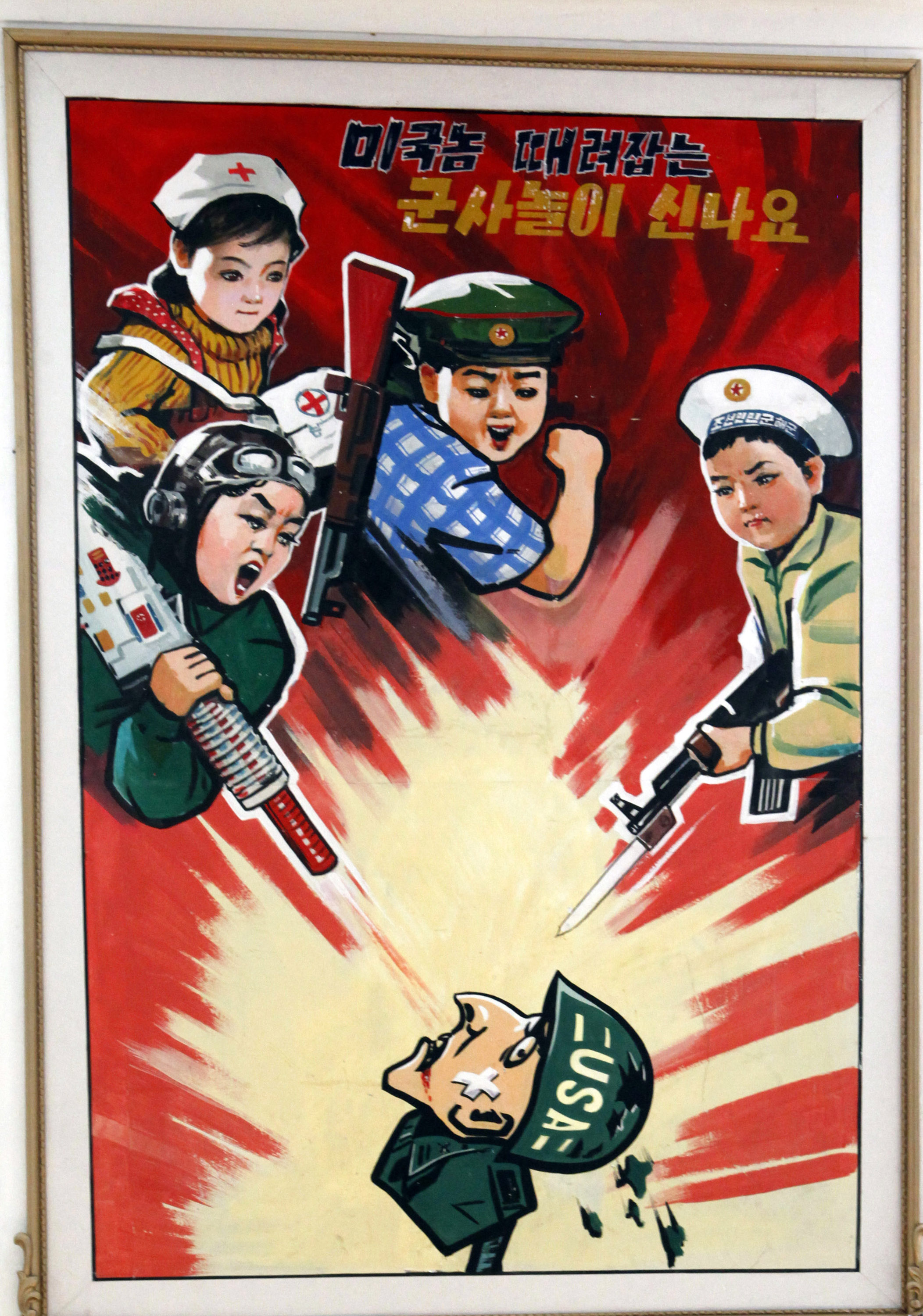
Above is a North Korean propaganda poster displayed at a kindergarten in 2012 in Pyongyang, North Korea. The Korean characters say “we love playing military games knocking down the American bastards.”
The North Korean state attempts to create a deep hatred for the United States. Kindergartners draw anti-American martial images. The Korean news media releases videos of the US military in flames. The June 25 anniversary of the start of the Korean War is “the day of struggle against US imperialism.”
Wielinga has also done a Ted-Talk since returning from the trip, where she explains what she learnt from working with North Korean Artists. I have linked this below. For my own work, I want to explore the technique in which Wielinga uses to bring the two realities together and bring a bit of awareness to certain topics, however on a smaller and less serious scale than North Korea.
Sources
https://edition.cnn.com/2017/07/26/asia/north-korea-united-states-relationship/index.htmlhttp://www.alicewielinga.nl/
This is the editing process of one of the photos from my second photo shoot. It mostly focuses on colour grading
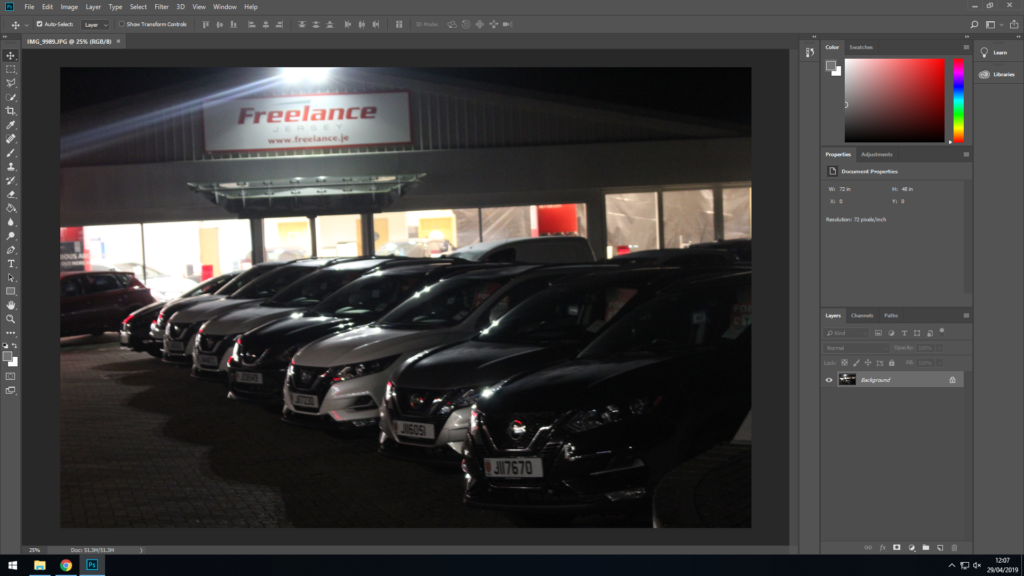
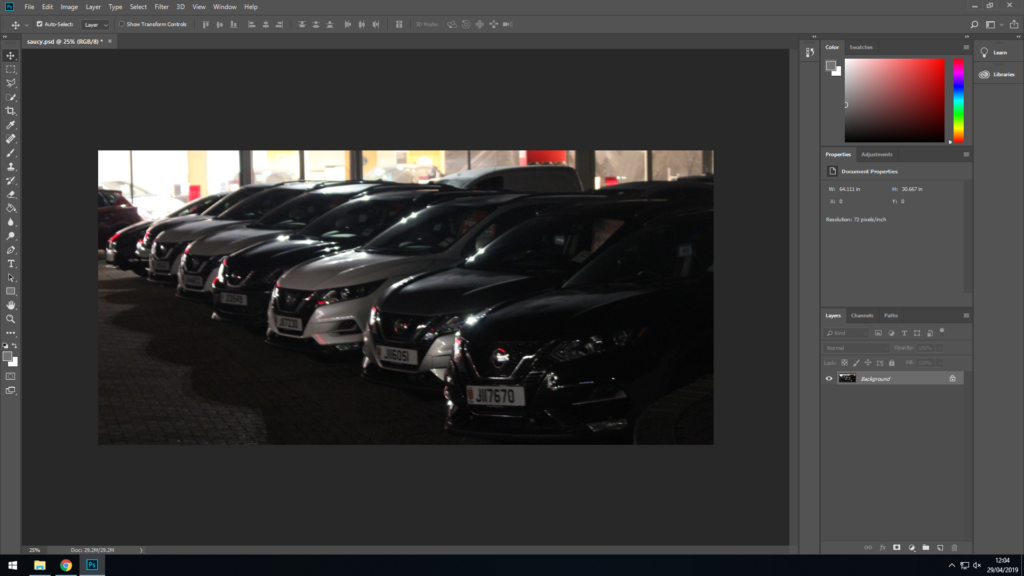
The following three images are screenshots of the steps in which I applied the colour mask to the photo. I did it in steps so that if I made an error I wouldn’t need to start over.
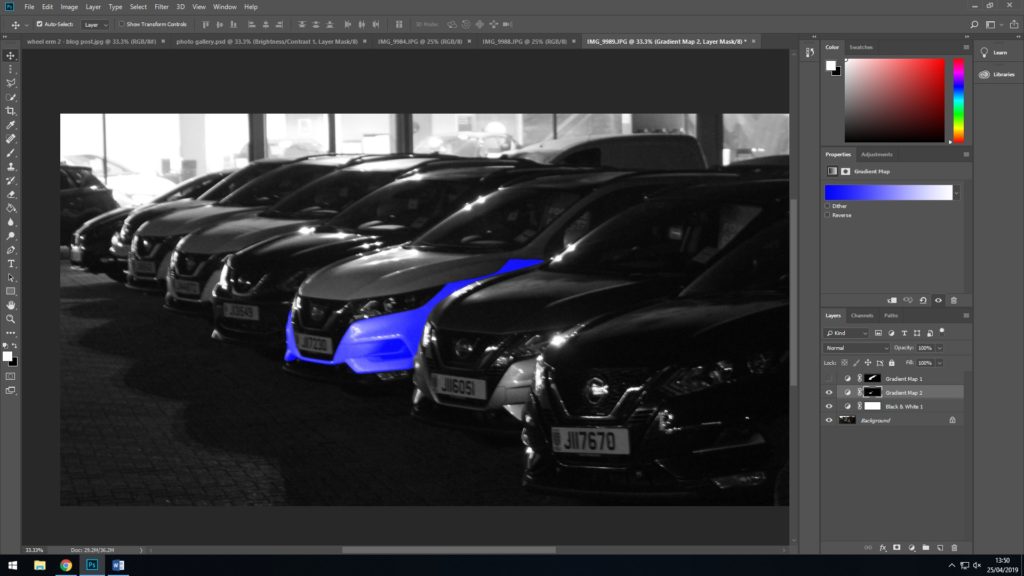
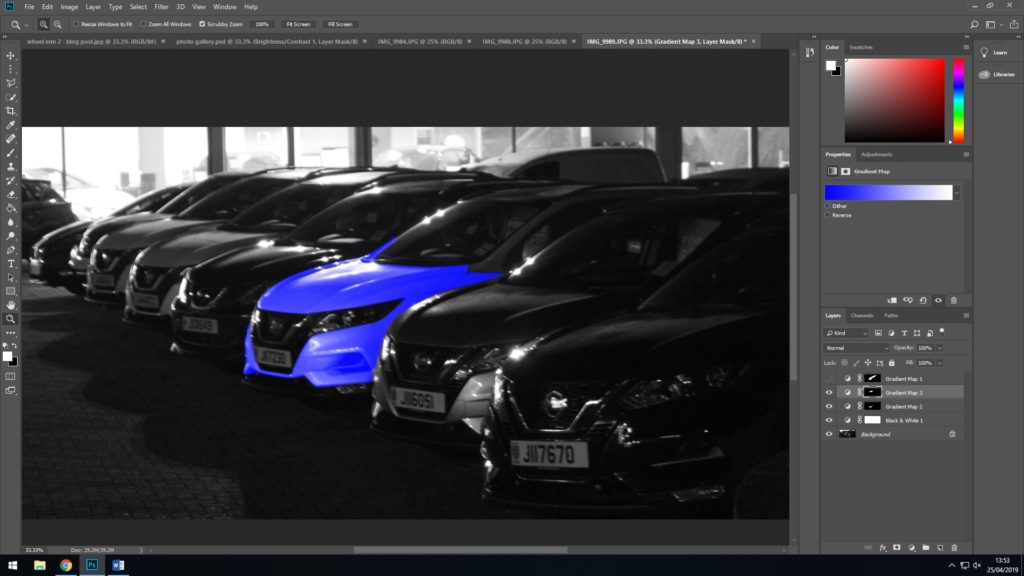
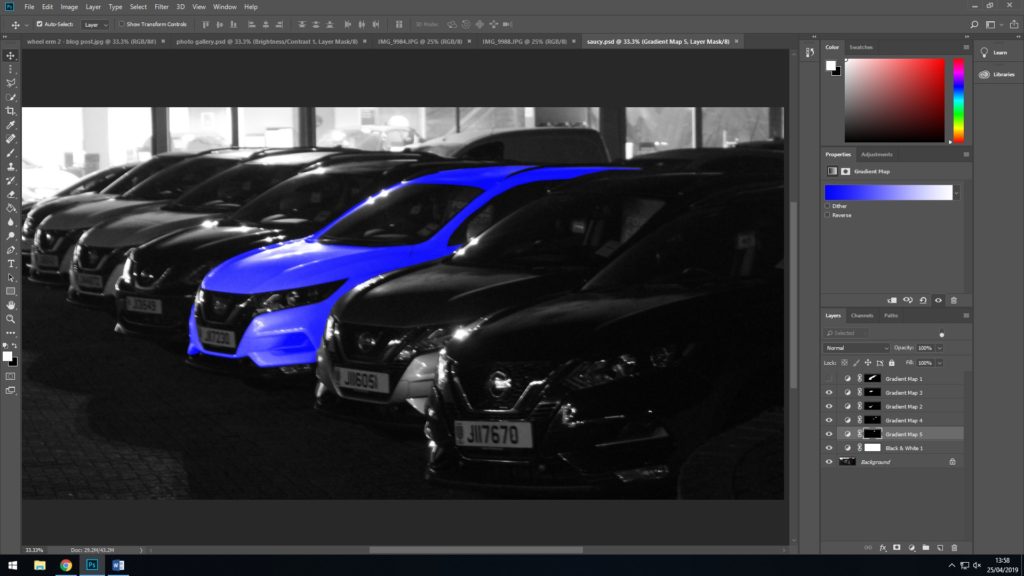
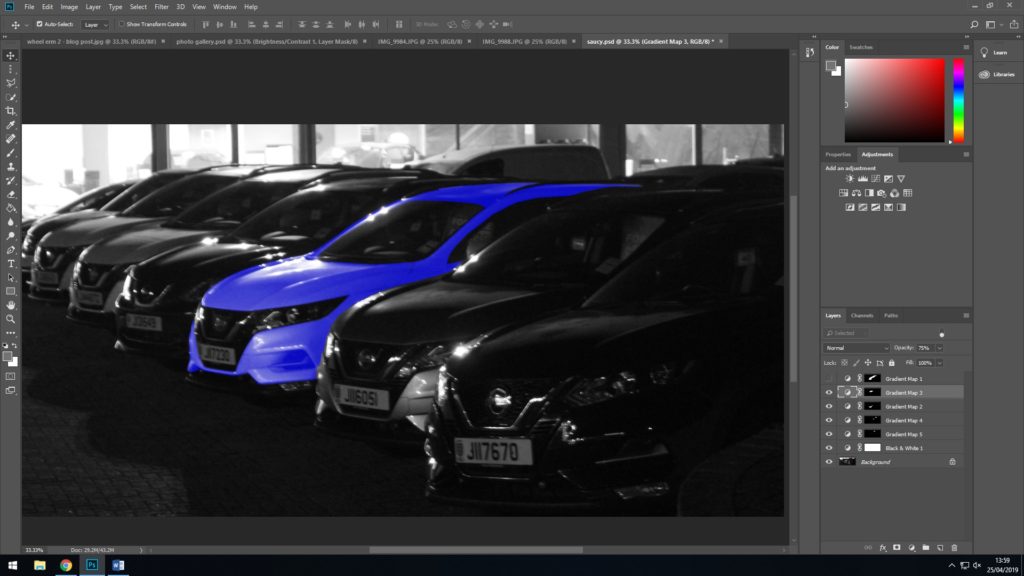


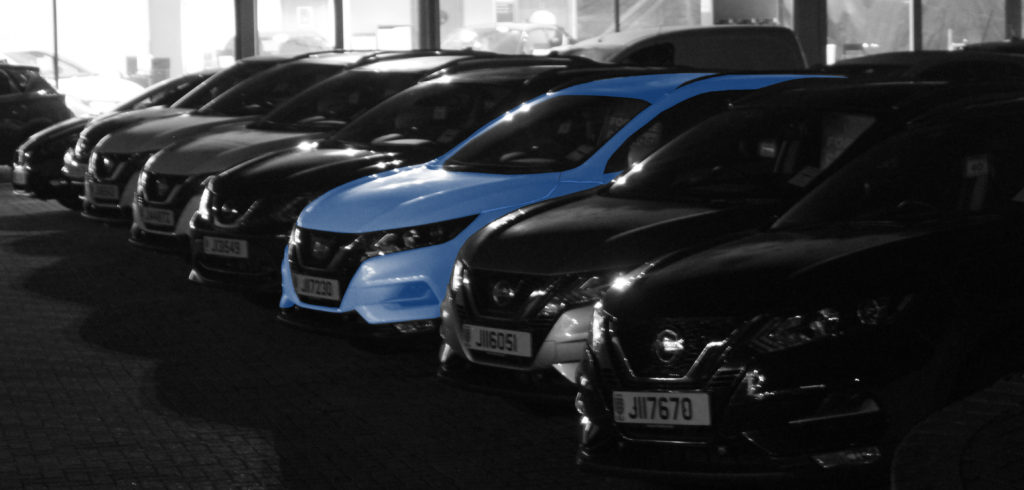






These are the two final photos I have come up with after editing the original.
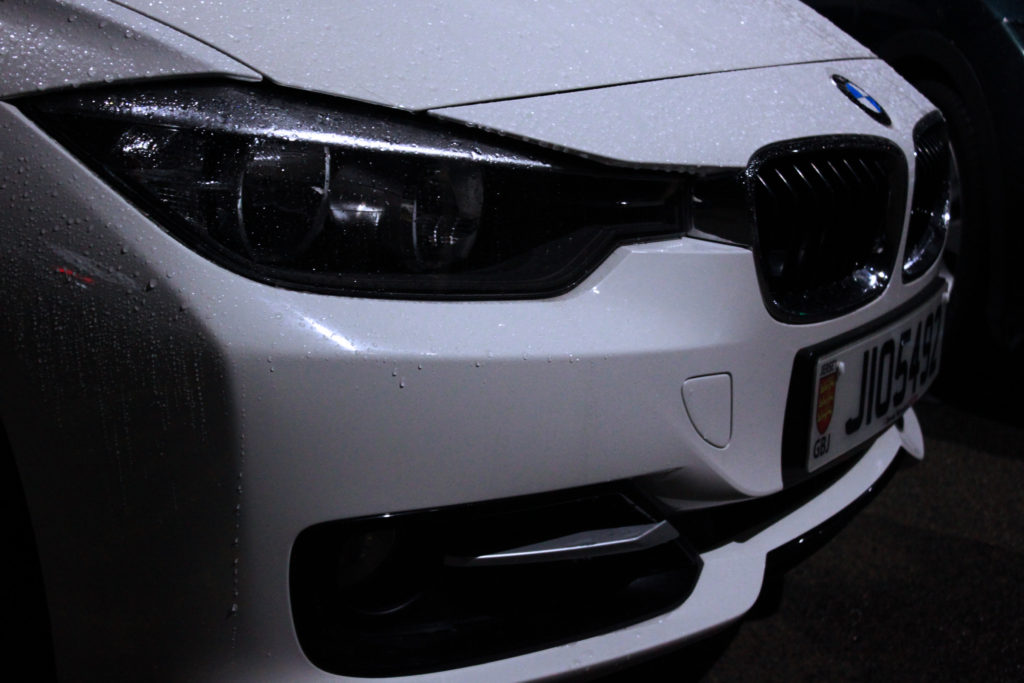
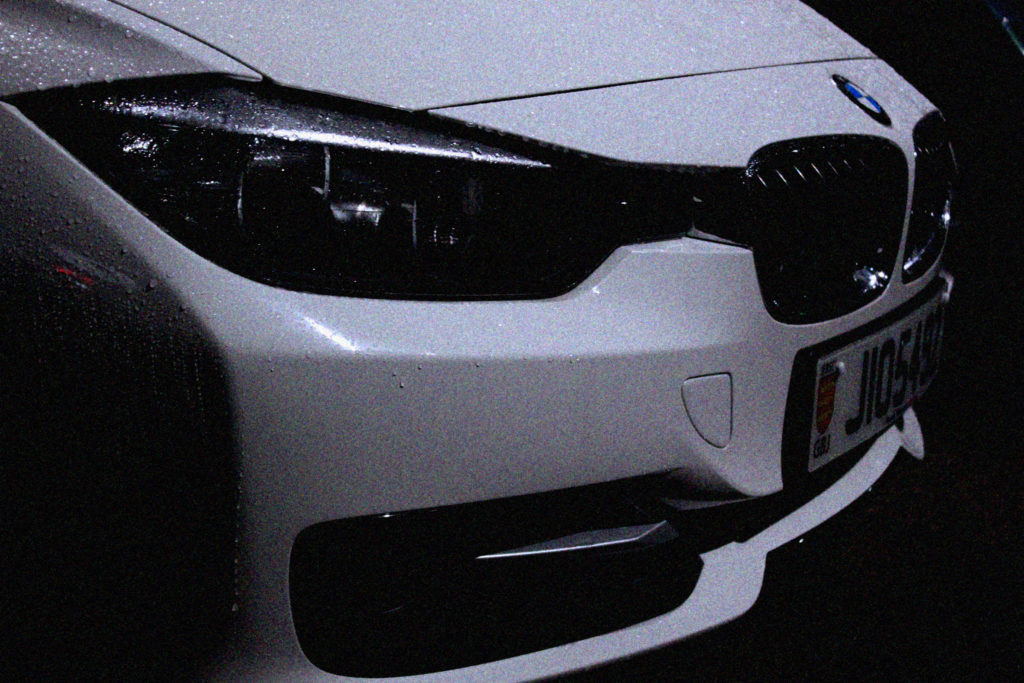

“Reflecting the work of abstract artists and following in the footsteps of photographers such as Saul Leiter. Stephens unique form of street photography is a consequence of frequenting bus stops and shelters around the City of Birmingham. Graffiti can be great art, however for Stephen, the etched, scrawled and scratched graffiti into the Plexiglass windows of the bus stop feels like a violation. The graffiti etched and scrawled in the bus stop windows seem to be expressions of frustration or anger, hate and love written into the Plexiglass.
The windows full potential as a clear barrier between yourself and the elements are compromised when the view beyond is obscured, distorted and blurred by the scratches. The the graffiti etched window becomes a lens. Stephen merges the graffiti and the view beyond, focusing his camera on the etched lines. The view beyond is put out of focus. The graffiti and view are merged into a single plane. A new perspective is created, that retains and emphasises the energy of the graffiti. Its swirls, zigzags, lines and curves, slash across the abstracted view like paint strokes. At first glance, the photos may be mistaken for abstract paintings. Then closer inspection reveals they are in fact photographs.
The subject matter that is out of focus is also fairly mundane. Often when waiting for a bus the view is not particularly exciting. The human activity he prefers capture is not very dramatic. When combined with the mundane graffiti and the mundane view it adds to his desire to create a new image that ordinarily would be uninteresting or unnoticed. Even the title of each work is mundane, the descriptions of each photograph are very droll.
The way he uses the camera for this project is like painting with light. He breaks the rules for getting a traditional photograph. He puts the view that is usually the focal point out of focus. Stephen then focuses on what would normally be avoided. However, the resulting images are very dynamic and often vibrant. There is a metamorphosis, the mundane graffiti and the often-mundane view are merged into a fresh new image. There is an attraction to the paradox that his work invokes. Stephen makes unique beautiful images out of the vandalised bus stop windows.
Stephen loves the images he produces. However, he doesn’t condone the vandalising of the bus stop windows that provide the lens for his work. The Bus Stop series is a unique approach to photography. Bus Stop brings the current social issue of a specific form of vandalism to the fore. The art works are a product of modern vandalism. Vandalism that has found the Plexiglass windows of bus shelters an ideal medium to express feelings. Although Stephens work has so far been derived from the city of Birmingham it is an issue familiar to the many people of all ages who travel by bus in urban and rural settings across the UK. His photography challenges people to look at the issue vandalism. From the protagonists to the observers of their markings. It also challenges people to see the potential beauty in mundanity.” https://www.stephencalcutt.com/about-me-stephen-calcutt

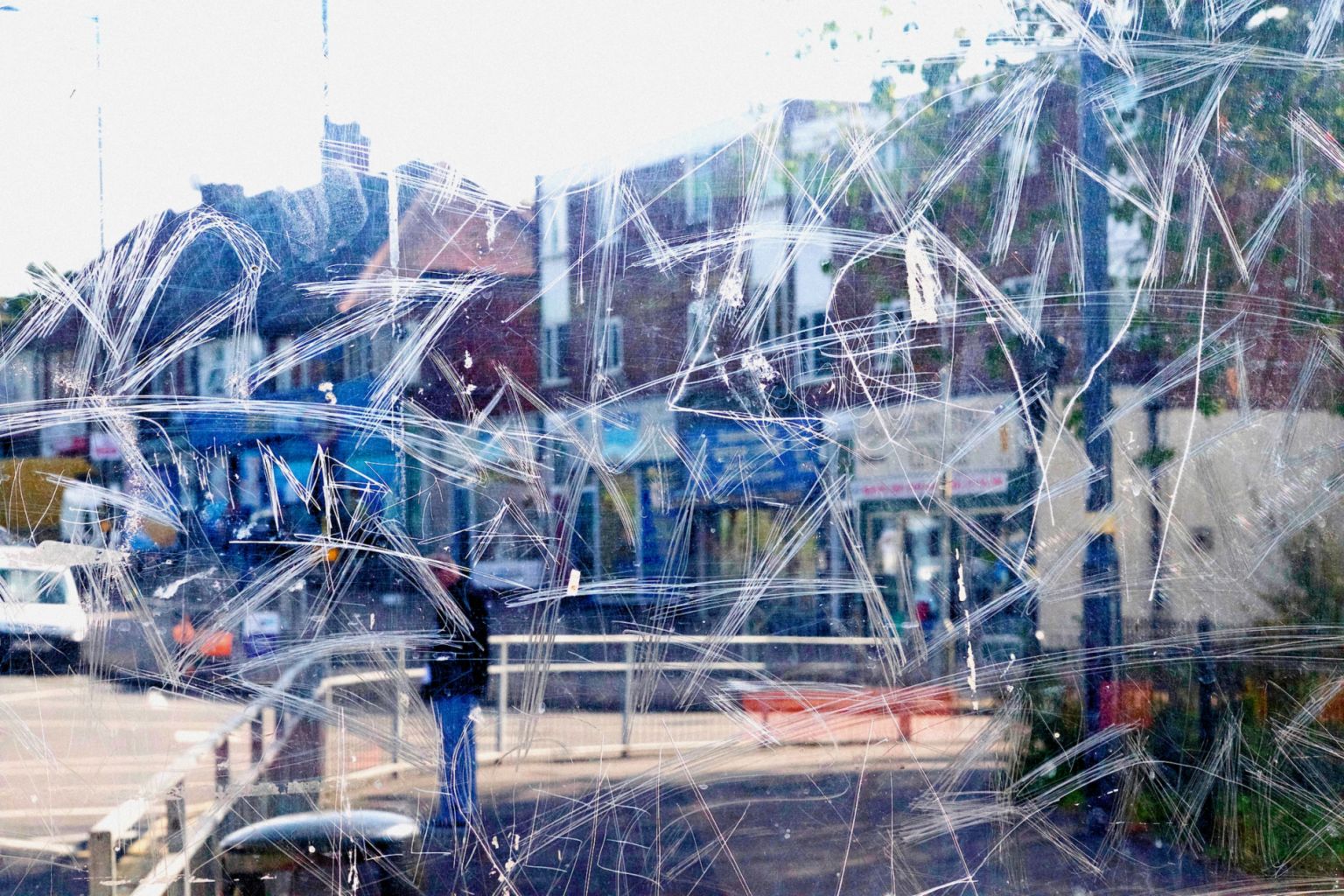

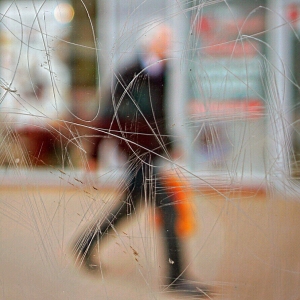

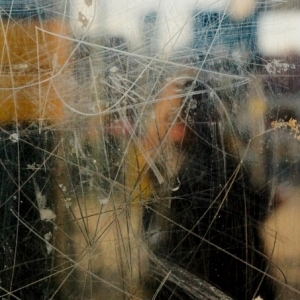
I will be taking photos around jersey at a few different bus stops so I can capture Stephen’s style. I will be using my canon camera to take these photos. I am linking this to Journeys and Pathways by showing the physical journey of taking a bus to get to your desired location. My step dad was the model for this photo shoot because I did this on a Sunday so there wasn’t a lot of people at the bus stops.
Red – No
Orange – Maybe
Green – Yes
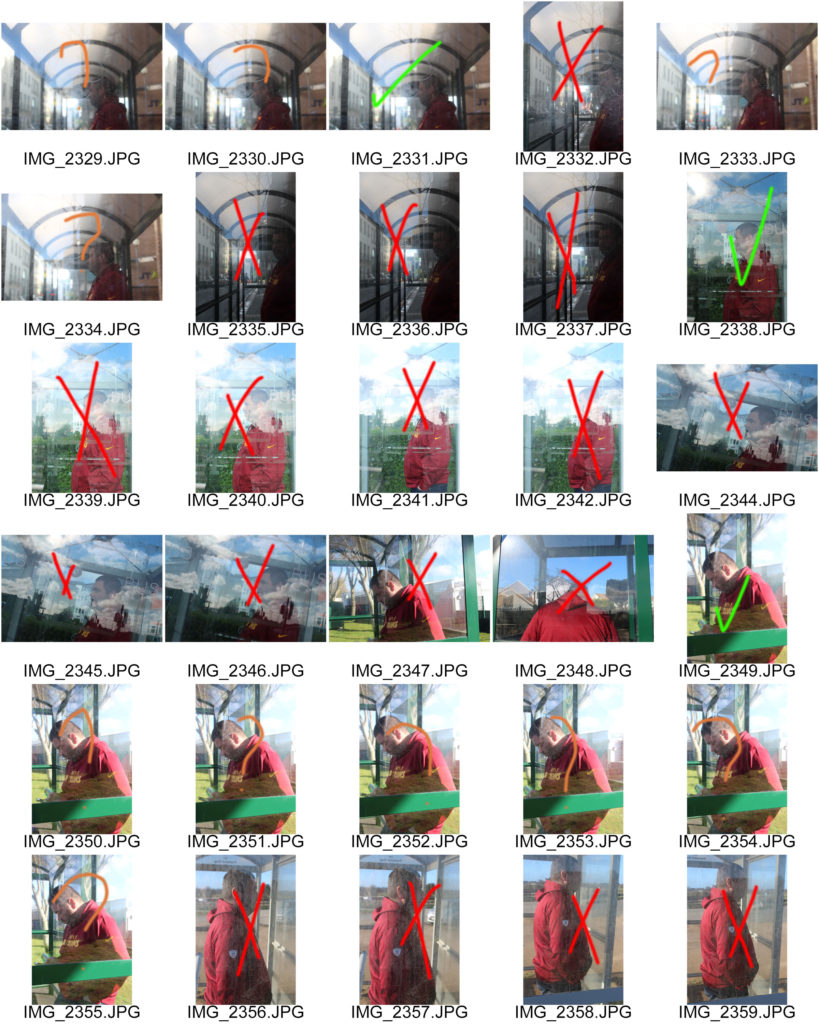

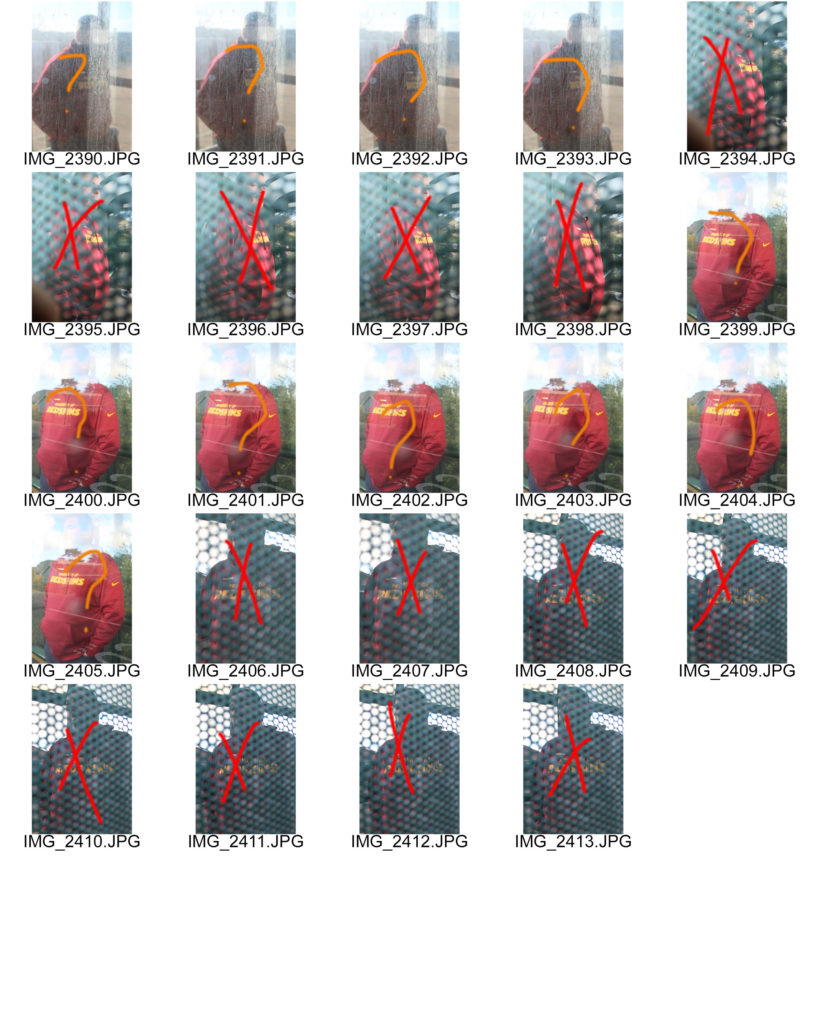


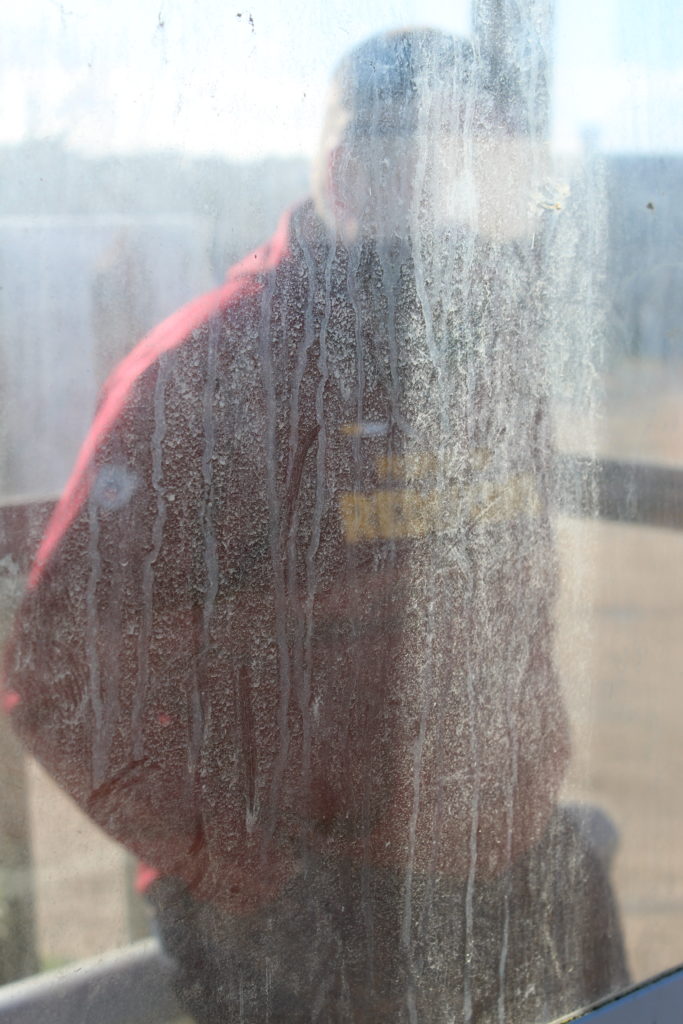
I liked these final images but they were a little over exposed and needed editing.
I used Photo Shop to edit these images.
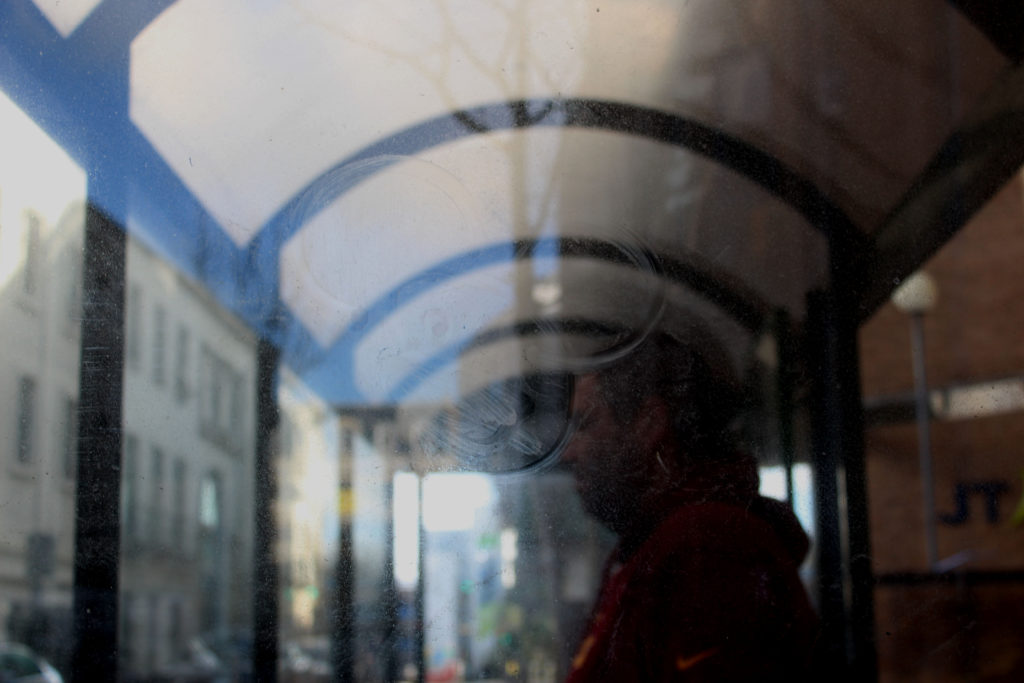
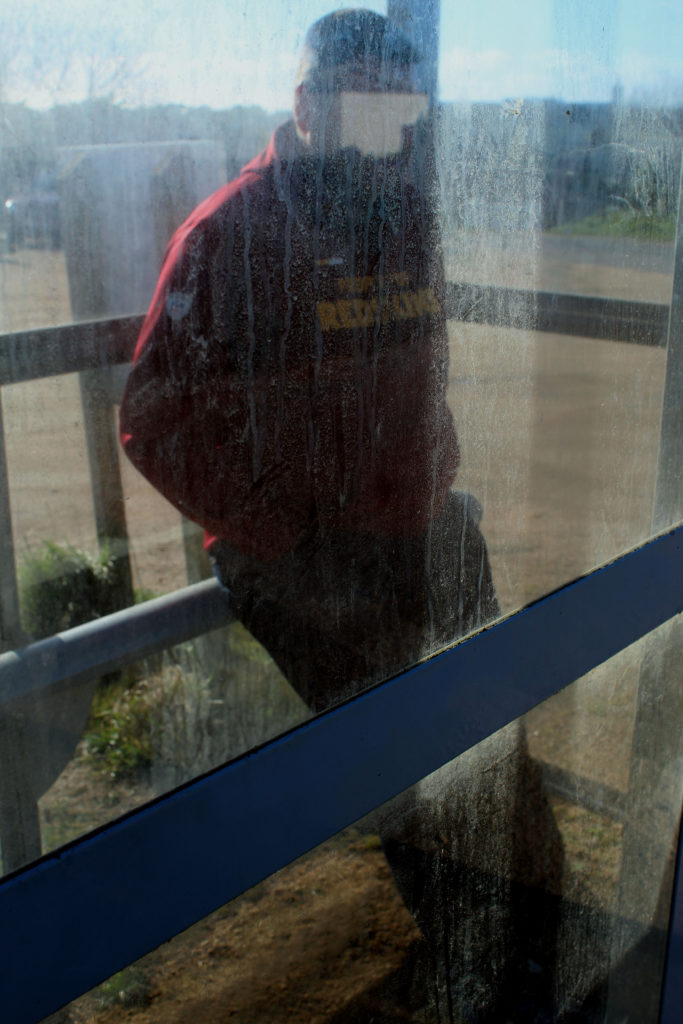

Overall, I am very happy with the outcomes of these edited photos. I think I capture Calcutt’s style really well, whilst still incorporating my style in the images.
Sean Hillen is an Irish artist who’s work makes use of the photo-montage method in order to merge images together, showing the contrast between 2 contrasting scenarios that are linked together in a more figurative sense. Hillens work often approaches topics such as violence, politics, literature and history. After growing up in unison with the conflict in Northern Ireland, Hillen learned to appreciate the different meanings that could be portrayed by merging images together, to create an image that drew the eye of the viewer due to the colours and lack of context, but with closer inspection conveys a meaning of some description. Often, Hillens work contains meanings that are personal to him, and some of his work is created with aesthetic as a priority, rather than a meaning or reason.
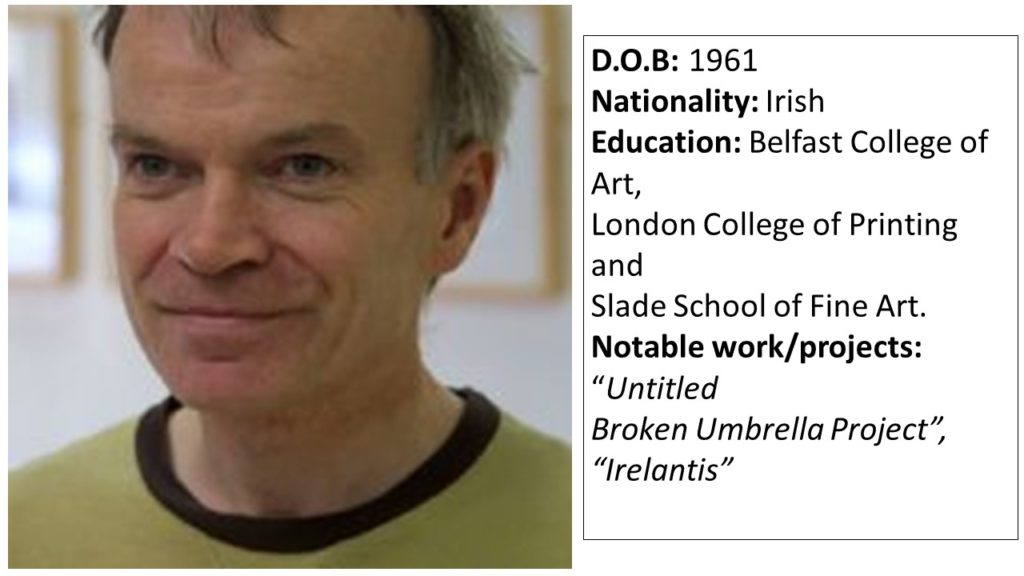
“When you take a photograph, you take a whole world, a cosmos, with you. And then when you collide it with something else you have a whole new level of meaning, entering, penetrating, sliding against one another.” – Hillen
As my second photo-shoot involves merging contrasting images together to represent a subject being on an incorrect path (where the environment doesn’t match what the subject represents) I have focused my case study on Hillen.
Hillen uses photo-montage to create landscape images in which parts of the landscape completely contrast other sections, emphasizing a split between 2 wolds which have been forcibly merged together. Hillen’s work uses images from different settings and locations and merges them with their complete opposites, creating 1 single image in which the scene looks naturally and organically merged, but the context of the image is twisted or wrong.
Examples of Hillen’s work can be seen below:
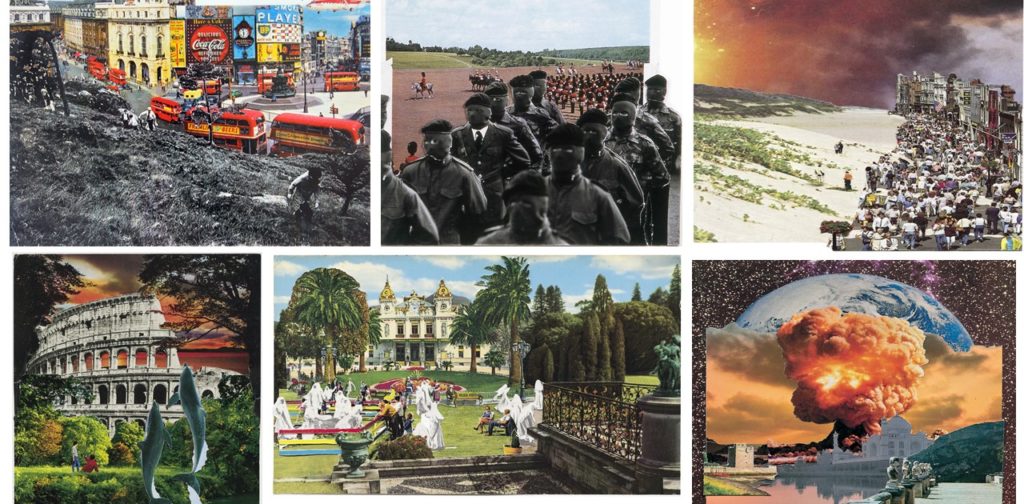
The contrast between the images Hillen uses in each piece of work is clear, and the use of bold colour and shapes allows for the images to clearly outline where the images physically come together, although they fit together smoothly.
I will be taking inspiration from Hillens work in order to produce my second photo-shoot, in which I will take an image of a a subject representing a certain career/lifestyle (e.g a suit to represent an office worker), and I will use a photo-montage technique to insert the subject into an environment that does not match the context of their background (e.g an office worker in a forest) to place emphasis on the theme of being on the wrong path/journey. I will be taking inspiration from Hillens out of context imagery, and the idea of merging 2 images together to create a more visual than figurative meaning.


